Posts Tagged ‘LTAD’
Getting Better at Practice: decision-making
Playing sports at any level requires making decisions. Sometimes they are tactical decisions such as when and where to pass the ball. Sometimes they are training decisions such as which technique to prioritise or how much weight to lift. Players need to be allowed to make decisions in order to develop and succeed. The sooner…
Read MoreThe oxymoronic Talent Pathway
How did people get good at sports before the existence of pathways and ‘talent’ academies? If you read biographies of a previous generation of sporting superstars there is usually a mention of a dedicated p.e. teacher or coach at a local sports club. Children discovered their love for the sport locally and affordably. They might…
Read MoreFree the children
Have you been to a zoo recently? You might see a collection of animals behind bars. They have some space to roam but, for the likes of the speedy cheetahs, not enough to get up to full speed and hunt. They were born to do this. I have written previously about the stunted development of…
Read MoreThe Joy of Movement
Jumping for joy; when was the last time you did that? What about Jogging for joy? Hardly sounds the same does it? I recently heard two people talking about their exercise regime. Everything was counted. They count calories, they count steps, they count miles and they count lengths in a pool. Their measure of progress…
Read MoreWhat is Athletic Development?
Athletic Development is a combination of planned, unplanned, organised and chaotic events that lead to a person’s overall physical and mental abilities to perform a variety of physical tasks, often within sport. Long Term Athletic Development (LTAD) is a model that highlights different stages from infancy to adulthood and what types of activities are best…
Read MoreThe Quest for Ultra Performance
“Each man delights in the work that suits him best”
 Homer, The Odyssey
Homer, The Odyssey
Odysseus had his 10 year journey home to Ithaca, Jason his search for the Golden Fleece, Percival his Grail Quest and Frodo had to destroy the One Ring.
All these Heroes had to:
Read MoreHelping athletes to grow.

At Sunday school many years ago I was taught a parable about a man who was given corn. He scattered it carelessly around. Some fell on dry earth, some fell on stones. Some fell in fertile land and was either eaten by birds or strangled by weeds. Some fell in fertile land and received the right amount of sunshine and water and grew into healthy corn.
Read More
LTAD: building young people
Over coaching – let the kids play
Do you let your kids play?
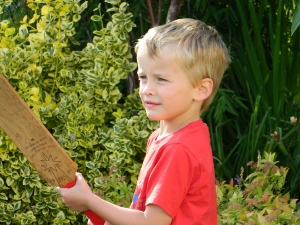 Do you allow them to be free spirited and learn and experiment? Do you have excessive structures and control over sport? You could be stopping your kids from developing into creative instinctive athletes.
Do you allow them to be free spirited and learn and experiment? Do you have excessive structures and control over sport? You could be stopping your kids from developing into creative instinctive athletes.
LTAD- USA versus UK
I had the pleasure of meeting Mauro deGennaro, Director of Athletics at Hoboken High School, last week. We were talking about his schedule of training for his football team this autumn, and he was saying that they were going to be training easy in the week because of the amount of contact in the game. How many games a season do they play?
9. That’s right 9. His 14 year old Freshman play 9 football games a season, then move to another sport next term.
Read More

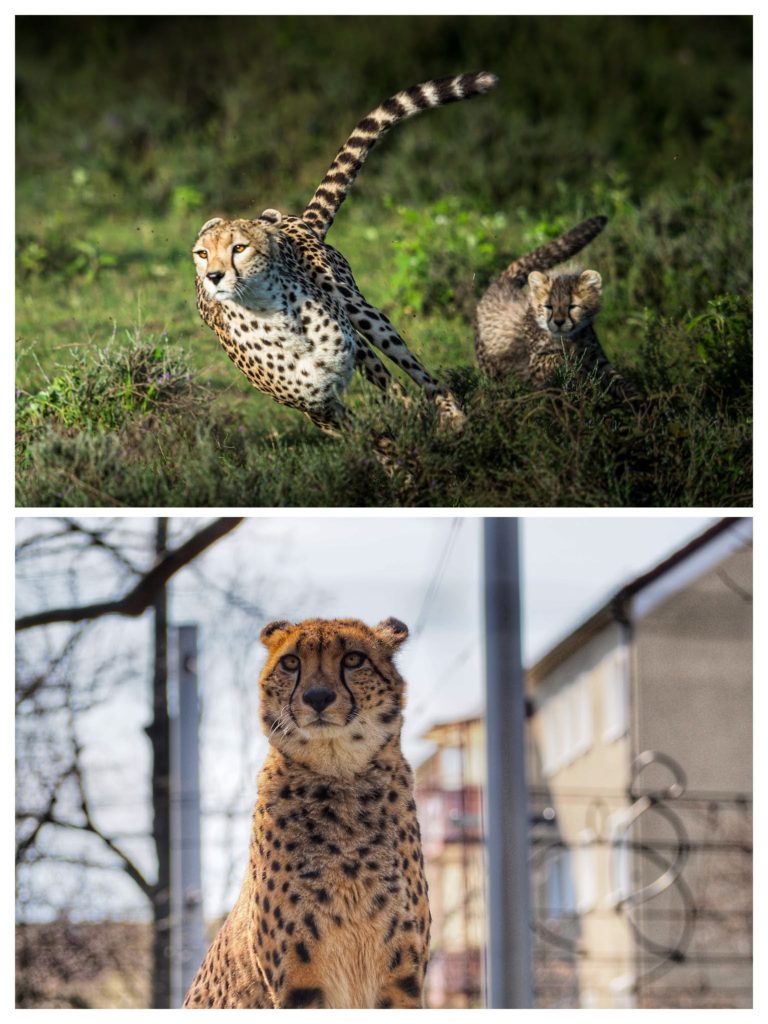


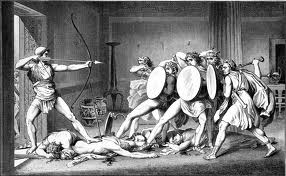
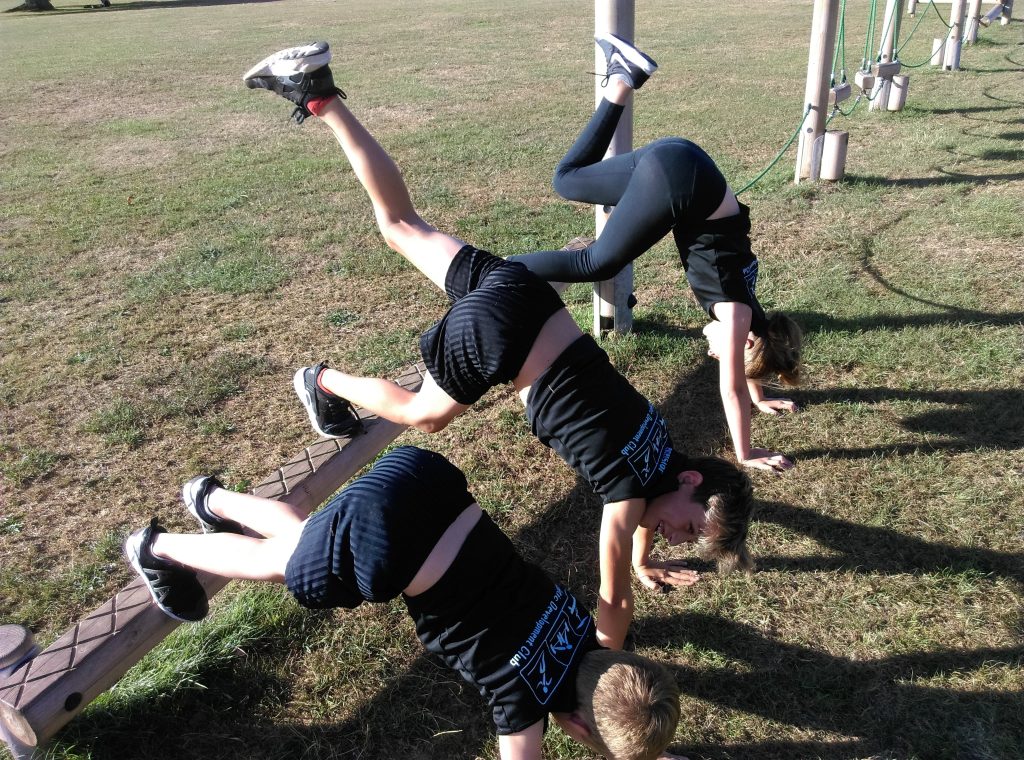
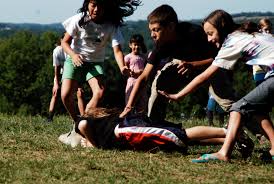 “What is LTAD?” has been demoted to a project question for students, a scientific discussion, or a pdf issued by National Governing Bodies (NGBs).
“What is LTAD?” has been demoted to a project question for students, a scientific discussion, or a pdf issued by National Governing Bodies (NGBs).